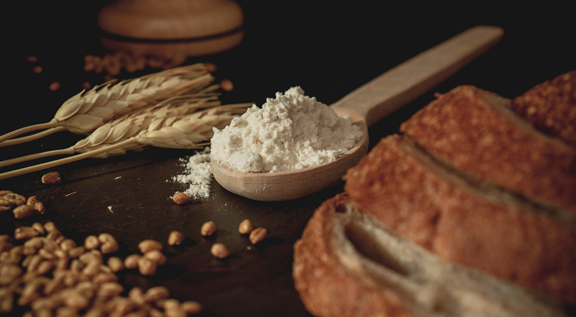
Image: Pixabay
Russia is the world's largest wheat exporter and has been economically affected by the conflict with Ukraine – together, the two countries account, on average, for 30% of world wheat exports. In addition to the drop in wheat supply, a factor in rising prices, the shortage has to do with logistical difficulties – the war closed ports, interrupted transport – and the drop in Ukrainian production of the commodity.
{module Form RD}
Brazil produces less than half of the wheat consumed and needs to import large quantities of the grain from Mercosur countries – especially Argentina –, Canada and the United States. The increase in grain prices directly impacts production values for manufacturers in the categories represented by ABIMAPI. In pasta, on average, 70% of the cost is flour. In biscuits, the weight is 30%, and in industrialized breads and cakes, 60%.
The spike in wheat prices is beginning to be felt by manufacturers in negotiations with suppliers, but there is the delivery of flour committed to in old contracts. What can be said is that there will be price adjustments in the coming weeks, but with an undefined horizon, as with each news of the war, the price of wheat on the international market fluctuates up or down with significant values.
The Brazilian consumer should start to feel the effects soon, when industries will buy the new crops. The industries have relatively short stocks, as they are at the beginning of the wheat off-season, remembering that the finished product also does not have stocks and that it varies a lot from company to company. In any case, this transfer tends to be gradual, as there is no room to raise prices all at once for the end consumer.
Source: DATA












